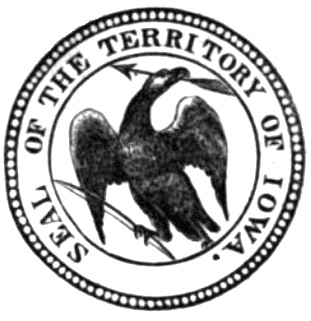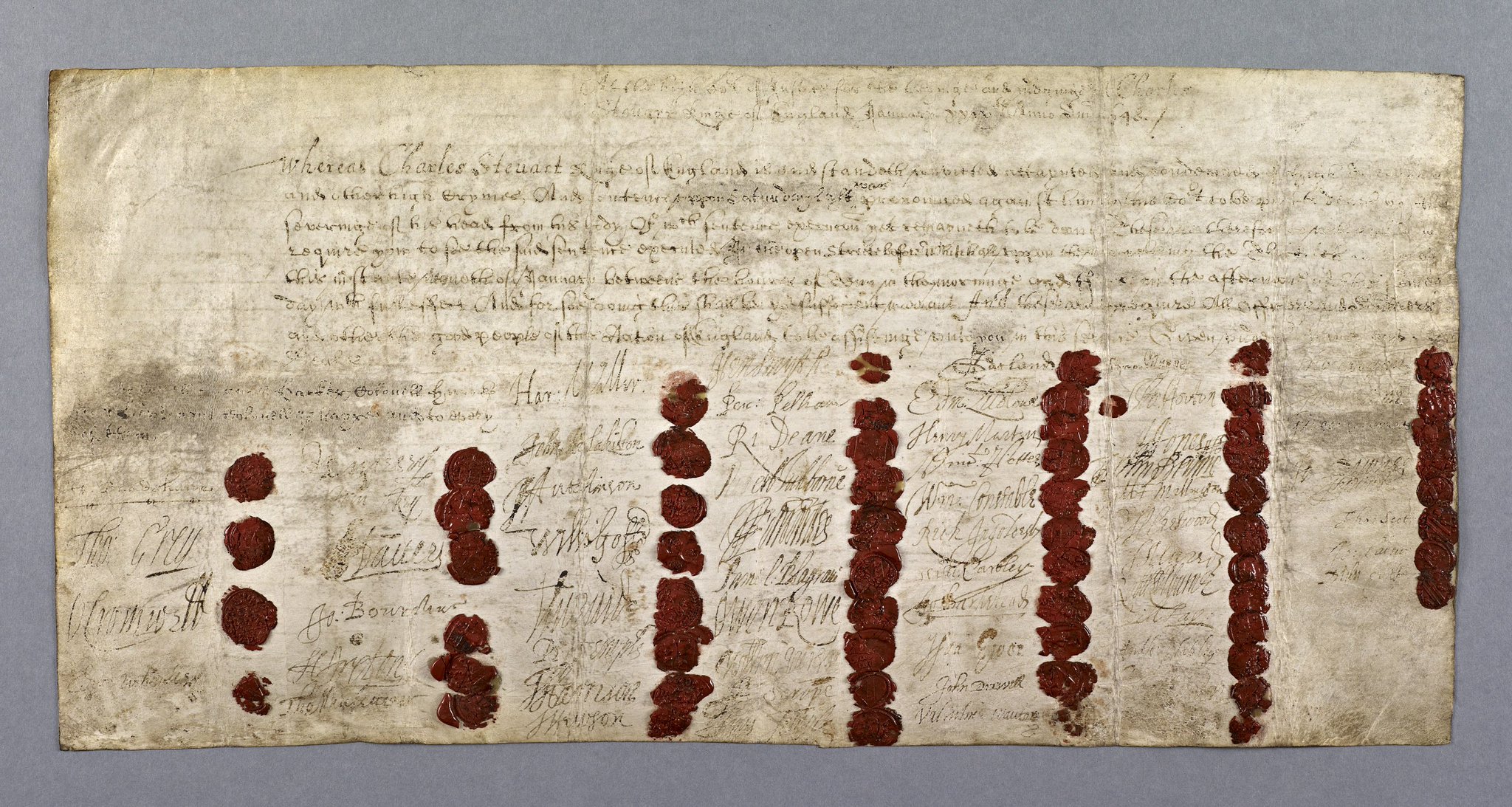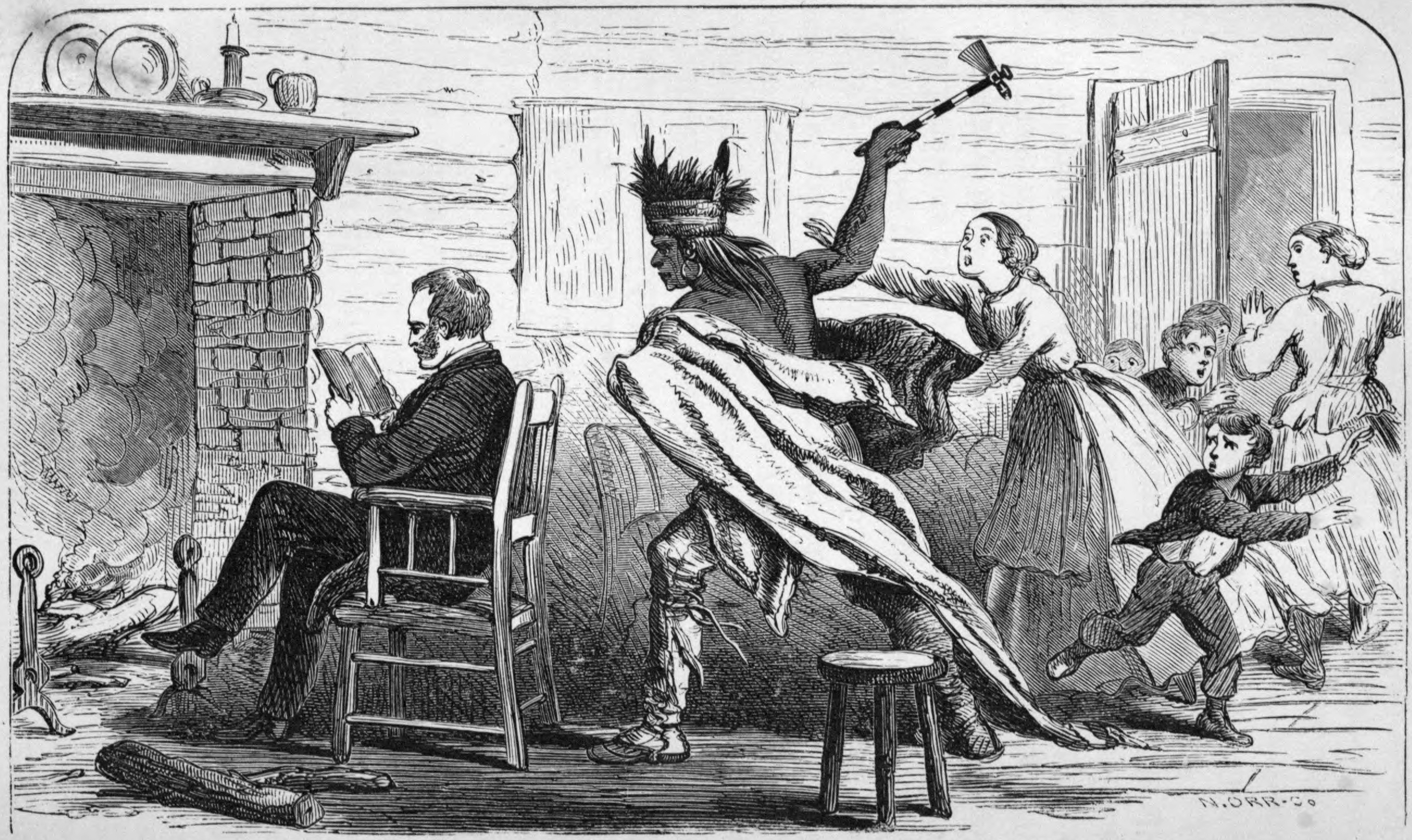|
Kintzing Prichette
Kintzing Prichette (June 24, 1800 – April 12, 1869) was an American politician. He was primarily a political appointee within the federal government's various departments, which at the time included U.S. territories. He is best known as the last Secretary of the Michigan Territory (1835–1838), Secretary of the Oregon Territory (1849–1850), and serving a two-month term as Governor of the Oregon Territory after the resignation of General Joseph Lane. He was appointed to the last two positions by President James K. Polk. Michigan In 1835, Prichette was appointed as the Secretary to the Michigan Territory. He served until 1838, with Michigan becoming a state in 1837, with Prichette then serving as the first Secretary of State of Michigan. Wisconsin Territory Prichette purchased the title to the lands of Madison, Wisconsin, by June 1839 and began offering plots for sale to the public. In October 1839, Prichett registered the plat of Madison at the registrar's office of the then ... [...More Info...] [...Related Items...] OR: [Wikipedia] [Google] [Baidu] |
Joseph Lane
Joseph "Joe" Lane (December 14, 1801 – April 19, 1881) was an American politician and soldier. He was a state legislator representing Evansville, Indiana, and then served in the Mexican–American War, becoming a general. President James K. Polk appointed Lane as the first Governor of Oregon Territory. When Oregon was admitted as a state in 1859, Lane was elected one of Oregon's first two U.S. Senators. In the 1860 United States presidential election, Lane was nominated for vice president of the pro-slavery Southern wing of the Democratic Party, as John C. Breckinridge's running mate. Lane's pro-slavery views and sympathy for the Confederate States of America in the Civil War effectively ended his political career in Oregon. One of his sons was later elected U.S. Representative, and a grandson U.S. Senator, making Lane the patriarch of one of the state's most prominent political families. Early life Joseph Lane was born in Buncombe County, North Carolina, on December 14, 18 ... [...More Info...] [...Related Items...] OR: [Wikipedia] [Google] [Baidu] |
Orville C
Orville may refer to: People * Orville (given name), a list of people with the male given name * Howard Thomas Orville (1901–1960), American naval officer and meteorologist * Max Orville (born 1962), French politician * Merlyn Orville Valan (1926-2010), American politician and farmer * Orville Redenbacher (1907-1995), American popcorn entrepreneur * Orville Wright (1871-1948), American aviation pioneer Places France * Orville, Côte-d'Or, a commune in the Côte-d'Or department * Orville, Indre, a commune in the Indre department * Orville, Loiret, a commune in the Loiret department * Orville, Orne, a former commune in the Orne department * Orville, Pas-de-Calais, a commune in the Pas-de-Calais department United States * Mount Orville, Alaska, a high peak of the Fairweather Range * Orville, West Virginia, an unincorporated community Elsewhere * Orville Coast, a portion of the coast of Antarctica Other uses * Orville by Gibson, a brand of guitars * ''The Orville'', a science ... [...More Info...] [...Related Items...] OR: [Wikipedia] [Google] [Baidu] |
Huahine
Huahine is an island located among the Society Islands, in French Polynesia, an overseas territory of France in the Pacific Ocean. It is part of the Leeward Islands group ''(Îles sous le Vent).'' At the 2017 census it had a population of 6,075.Répartition de la population en Polynésie française en 2017 Institut de la statistique de la Polynésie française History Human presence on Huahine dates back to ancient times, as evidenced by the numerous on the island. Archaeologists estimate that the ancient Tahitian Ma'ohi people colonized Huahine from at least the 9th century AD. Huahine is home to one of the largest concen ...[...More Info...] [...Related Items...] OR: [Wikipedia] [Google] [Baidu] |
Fiji
Fiji ( , ,; fj, Viti, ; Fiji Hindi: फ़िजी, ''Fijī''), officially the Republic of Fiji, is an island country in Melanesia, part of Oceania in the South Pacific Ocean. It lies about north-northeast of New Zealand. Fiji consists of an archipelago of more than 330 islands—of which about 110 are permanently inhabited—and more than 500 islets, amounting to a total land area of about . The most outlying island group is Ono-i-Lau. About 87% of the total population of live on the two major islands, Viti Levu and Vanua Levu. About three-quarters of Fijians live on Viti Levu's coasts: either in the capital city of Suva; or in smaller urban centres such as Nadi—where tourism is the major local industry; or in Lautoka, where the Sugarcane, sugar-cane industry is dominant. The interior of Viti Levu is sparsely inhabited because of its terrain. The majority of Fiji's islands were formed by Volcano, volcanic activity starting around 150 million years ago. Some geo ... [...More Info...] [...Related Items...] OR: [Wikipedia] [Google] [Baidu] |
Consul (representative)
A consul is an official representative of the government of one state in the territory of another, normally acting to assist and protect the citizens of the consul's own country, as well as to facilitate trade and friendship between the people of the two countries. A consul is distinguished from an ambassador, the latter being a representative from one head of state to another, but both have a form of immunity. There can be only one ambassador from one country to another, representing the first country's head of state to that of the second, and their duties revolve around diplomatic relations between the two countries; however, there may be several consuls, one in each of several major cities, providing assistance with bureaucratic issues to both the citizens of the consul's own country traveling or living abroad and to the citizens of the country in which the consul resides who wish to travel to or trade with the consul's country. A less common usage is an administrative con ... [...More Info...] [...Related Items...] OR: [Wikipedia] [Google] [Baidu] |
Spirit Lake Massacre
The Spirit Lake Massacre (March 8–12, 1857) was an attack by a ''Wahpekute'' band of Santee Sioux on scattered Iowa frontier settlements during a severe winter. Suffering a shortage of food, the renegade chief Inkpaduta (Scarlet Point) led 14 Sioux against the settlements near Okoboji and Spirit lakes in the northwestern territory of Iowa near the Minnesota border, in revenge of the murder of Inkpaduta's brother, Sidominadotah, and Sidominadotah's family by Henry Lott. The Sioux killed 35-40 settlers in their scattered holdings, took four young women captive, and headed north. The youngest captive, Abbie Gardner, was kept a few months before being ransomed in early summer. It was the last Native American attack on settlers in Iowa, but the events increased tensions between the Sioux and settlers in the Minnesota Territory. Nearly 30 years after the events, in 1885 Gardner-Sharp published her memoir, ''History of the Spirit Lake Massacre and Captivity of Miss Abbie Gardner,'' w ... [...More Info...] [...Related Items...] OR: [Wikipedia] [Google] [Baidu] |
Iowa Territory
The Territory of Iowa was an organized incorporated territory of the United States that existed from July 4, 1838, until December 28, 1846, when the southeastern portion of the territory was admitted to the Union as the state of Iowa. The remainder of the territory would have no organized territorial government until the Minnesota Territory was organized on March 3, 1849. History Most of the area in the territory was originally part of the Louisiana Purchase and was a part of the Missouri Territory. When Missouri became a state in 1821, this area (along with the Dakotas) effectively became unorganized territory. The area was closed to white settlers until the 1830s, after the Black Hawk War ended. It was attached to the Michigan Territory on June 28, 1834. At an extra session of the Sixth Legislative Assembly of Michigan held in September, 1834, the Iowa District was divided into two counties by running a line due west from the lower end of Rock Island in the Mississippi Rive ... [...More Info...] [...Related Items...] OR: [Wikipedia] [Google] [Baidu] |
Santee Sioux
The Dakota (pronounced , Dakota language: ''Dakȟóta/Dakhóta'') are a Native American tribe and First Nations band government in North America. They compose two of the three main subcultures of the Sioux people, and are typically divided into the Eastern Dakota and the Western Dakota. The four bands of Eastern Dakota are the Bdewákaŋthuŋwaŋ, Waȟpéthuŋwaŋ, Waȟpékhute, and Sisíthuŋwaŋ and are sometimes referred to as the Santee (''Isáŋyathi'' or ''Isáŋ-athi''; "knife" + "encampment", "dwells at the place of knife flint"), who reside in the eastern Dakotas, central Minnesota and northern Iowa. They have federally recognized tribes established in several places. The Western Dakota are the Yankton, and the Yanktonai (''Iháŋktȟuŋwaŋ'' and ''Iháŋktȟuŋwaŋna''; "Village-at-the-end" and "Little village-at-the-end"), who reside in the Upper Missouri River area. The Yankton-Yanktonai are collectively also referred to by the endonym ''Wičhíyena'' ("Those Who ... [...More Info...] [...Related Items...] OR: [Wikipedia] [Google] [Baidu] |
Bureau Of Indian Affairs
The Bureau of Indian Affairs (BIA), also known as Indian Affairs (IA), is a United States federal agency within the Department of the Interior. It is responsible for implementing federal laws and policies related to American Indians and Alaska Natives, and administering and managing over of land held in trust by the U.S. federal government for Indian Tribes. It renders services to roughly 2 million indigenous Americans across 574 federally recognized tribes. The BIA is governed by a director and overseen by the assistant secretary for Indian affairs, who answers to the secretary of the interior. The BIA works with tribal governments to help administer law enforcement and justice; promote development in agriculture, infrastructure, and the economy; enhance tribal governance; manage natural resources; and generally advance the quality of life in tribal communities. Educational services are provided by Bureau of Indian Education—the only other agency under the assistan ... [...More Info...] [...Related Items...] OR: [Wikipedia] [Google] [Baidu] |
Death Warrant
An execution warrant (also called death warrant or black warrant) is a writ that authorizes the execution of a condemned person. An execution warrant is not to be confused with a " license to kill", which operates like an arrest warrant but with deadly force instead of arrest as the end goal. United States In the United States either a judicial or executive official designated by law issues an execution warrant. This is done when a person, in trial court proceedings, has been sentenced to death, after trial and conviction, and usually after appeals are exhausted. Normally when a death warrant is signed and an execution date is set, the condemned person is moved from his or her death row cell to a death watch cell, which is typically located adjacent to the execution chamber. Usually, the government agency charged with carrying out an execution, normally the state's Department of Corrections or the Federal Bureau of Prisons in federal cases, has a limited time frame, norm ... [...More Info...] [...Related Items...] OR: [Wikipedia] [Google] [Baidu] |
Joseph Meek
Joseph Lafayette "Joe" Meek (February 9, 1810 – June 20, 1875) was a pioneer, mountain man, law enforcement official, and politician in the Oregon Country and later Oregon Territory of the United States. A trapper involved in the fur trade before settling in the Tualatin Valley, Meek played a prominent role at the Champoeg Meetings of 1843, where he was elected a sheriff. He was later elected to and served in the Provisional Legislature of Oregon before being appointed as the United States Marshal for the Oregon Territory. Early life Joseph Meek was born on February 9, 1810, to James Meek and Spica Walker in Washington County, Virginia, near the Cumberland Gap. At the age of 18 he joined William Sublette and the Rocky Mountain Fur Company, and roamed the Rocky Mountains for over a decade as a fur trapper. In about 1829, the nineteen-year-old Meek traveled with a trapping party along the Yellowstone River. A band of Blackfoot scattered the trappers, leaving Meek to trave ... [...More Info...] [...Related Items...] OR: [Wikipedia] [Google] [Baidu] |
Cayuse War
The Cayuse War was an armed conflict that took place in the Northwestern United States from 1847 to 1855 between the Cayuse people of the region and the United States Government and local American settlers. Caused in part by the influx of disease and settlers to the region, the immediate start of the conflict occurred in 1847 when the Whitman Massacre took place at the Whitman Mission near present-day Walla Walla, Washington when fourteen people were killed in and around the mission. Over the next few years the Provisional Government of Oregon and later the United States Army battled the Native Americans east of the Cascades. This was the first of several wars between the Native Americans and American settlers in that region that would lead to the negotiations between the United States and Native Americans of the Columbia Plateau, creating a number of Indian reservations. Causes In 1836, two missionaries— Marcus and Narcissa Whitman—founded the Whitman Mission among the Cay ... [...More Info...] [...Related Items...] OR: [Wikipedia] [Google] [Baidu] |



.jpg)






